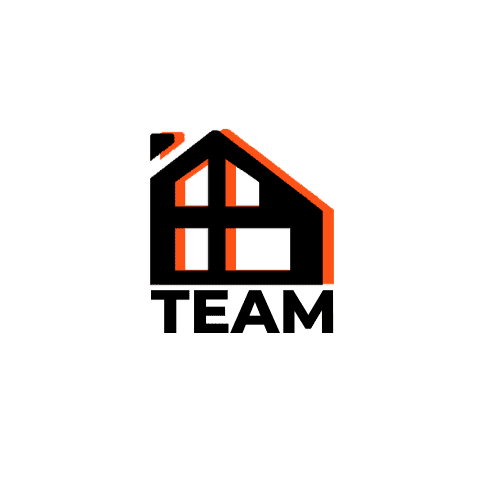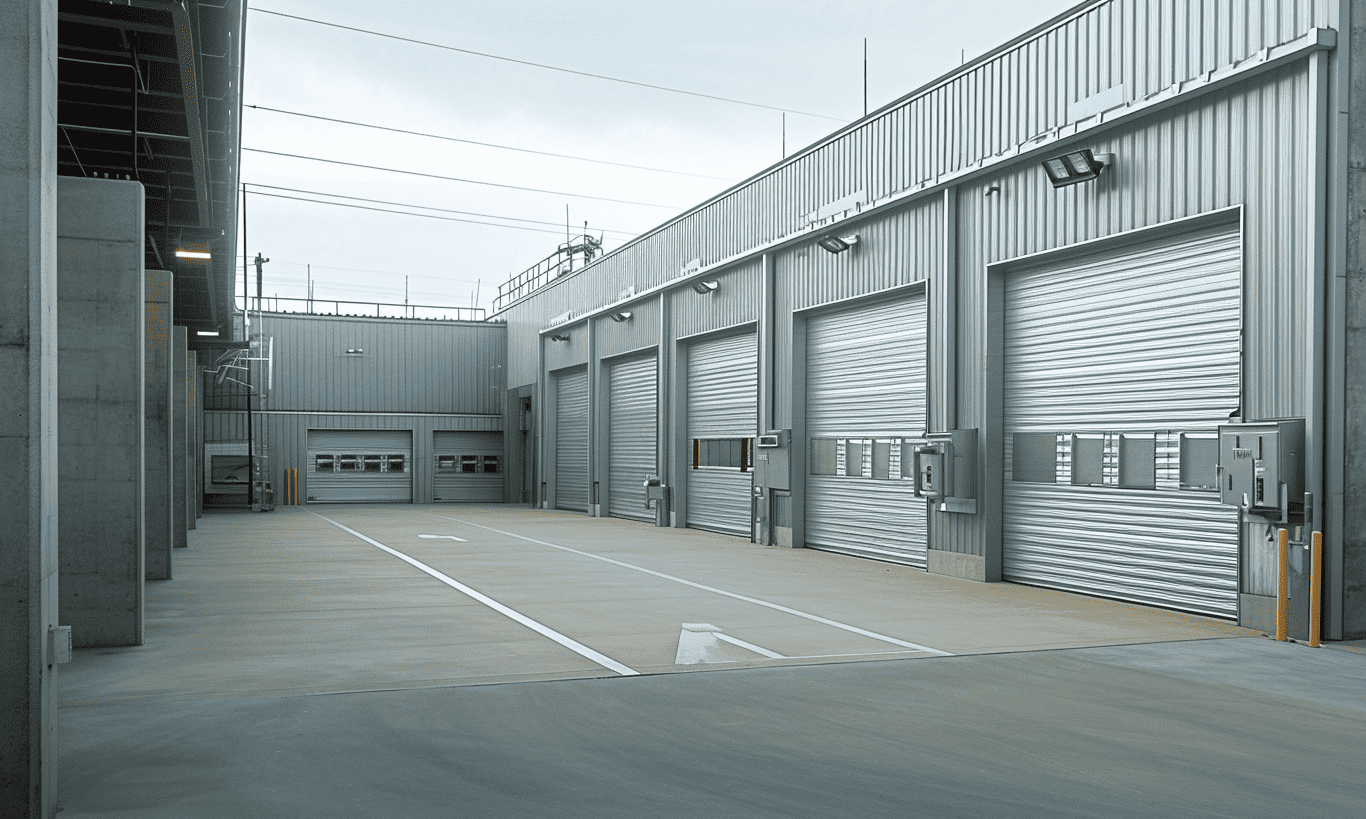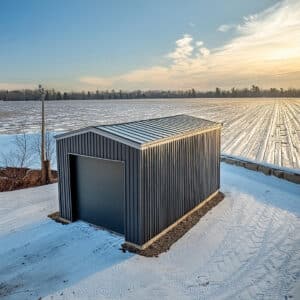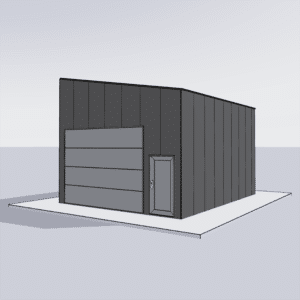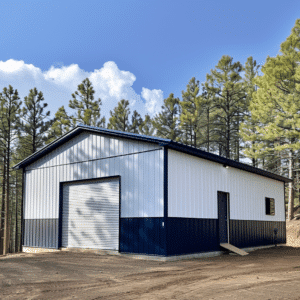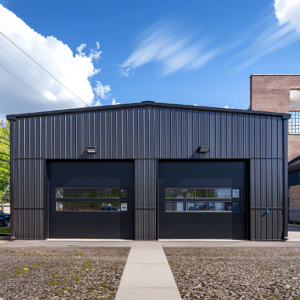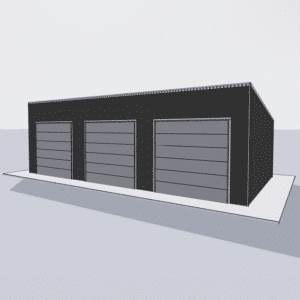Navigating the world of construction permits can often feel like speaking a foreign language, especially when it comes down to steel construction approval. If you’ve ever found yourself facing the daunting prospect of working with inspectors for steel permit inspections, you’re not alone. While this process can seem overwhelming, approaching it with the right mindset and preparation can make all the difference in ensuring a smooth journey from blueprint to building.
Understanding the Steel Inspection Landscape
Before diving into the tips on working with inspectors, it’s crucial to understand the landscape of steel building codes and permits. Steel buildings, known for their durability and versatility, are subject to stringent regulations. These regulations ensure not only the structural integrity of the building but also the safety of its future occupants. Understanding Steel Building Codes in depth will prepare you for more meaningful interactions with inspectors.
The Role of Inspectors in Steel Construction
Inspectors serve as the gatekeepers of building standards, ensuring that every aspect of construction adheres to established codes. In steel construction, they assess everything from the materials used to the workmanship and safety measures implemented. Their approval is crucial for the continuation of construction phases and eventual occupancy.
**Why Inspections Matter**
Inspections are not just a bureaucratic hurdle; they’re a significant step designed to protect both builders and future users. By verifying that every element meets local codes and standards, inspectors help prevent costly mistakes and potential hazards. Get to know the Inspector Approval Process to align your construction project with expectations.
Preparing for a Successful Inspection
The key to a successful inspection is preparation. Here are some steps you can take to set yourself up for a smooth approval process:
1. Early Engagement with Inspectors
Building a relationship with inspectors can often lead to invaluable insights throughout the construction process. Engaging early allows you to gain clarity on expectations and avoid surprises during the actual inspection.
2. Thorough Documentation
Keep detailed records of every stage of construction, including all permits, plans, and approvals. Thorough documentation acts as a reference point and provides inspectors with evidence of compliance.
3. Pre-Inspection Checks
Before the inspection, conduct a self-assessment to ensure all elements meet specified codes. Identifying and addressing potential issues proactively can save time and resources.

Communicating Effectively with Inspectors
Effective communication lies at the heart of a successful inspection process. Here are some tips for maintaining open and productive dialogue with inspectors:
**Be Transparent**
Honesty is truly the best policy when it comes to inspections. If unforeseen challenges arise, address them openly. Inspectors appreciate transparency and are more likely to work with you towards solutions.
**Ask Questions**
Don’t hesitate to seek clarification if needed. Whether it’s understanding an inspection result or a particular code, asking questions demonstrates your commitment to compliance and quality.
Inspection FAQs can often provide the immediate answers you need, further streamlining the communication process.
Post-Inspection Steps
Once the inspection is complete, there are a few important steps to follow:
1. Review the Inspection Report
Carefully analyze the inspection report to understand any noted deficiencies or concerns. This report serves as a roadmap for any necessary corrections.
2. Implement Changes Promptly
Address any shortcomings or issues highlighted by the inspector quickly to ensure your project stays on schedule.
3. Request Follow-Up Inspections
After implementing changes, request a follow-up inspection promptly. This demonstrates your commitment to maintaining compliance and progressing efficiently through subsequent construction stages.

Common Misconceptions About Steel Building Compliance
Many builders fall prey to common misunderstandings about the compliance requirements for steel buildings. It’s essential to dispel these myths to ensure a smooth journey towards inspection approval. Misunderstandings could lead to costly errors or delays, which could have been avoided with proper research and due diligence.
Steel Building Compliance Requirements cover a wide range of essential topics that every builder ought to comprehend thoroughly.
Building Inspections Expectations
Setting clear expectations for both your building team and the inspector can streamline the entire process. Providing detailed plans, explaining the steps taken, and showcasing your project’s compliance can all contribute to a more efficient inspection process.
Understand the typical pitfalls and how to avoid them by learning about building inspections expectations.
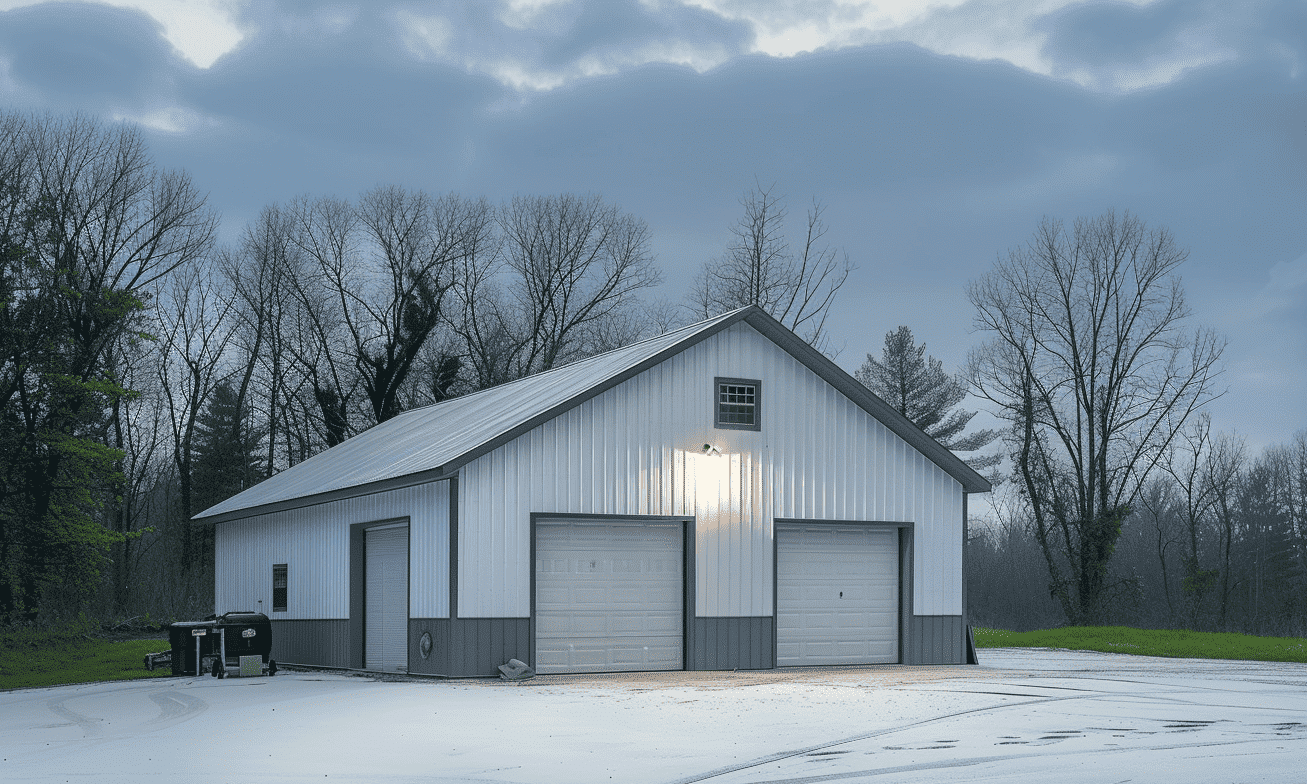
Conclusion
Navigating the world of steel permit inspections doesn’t have to be daunting. By engaging with inspectors early, maintaining transparent communication, and adhering to rigorous preparation standards, you can sail smoothly through the approval process. Remember, inspectors are not just regulators; they are allies who can guide you toward successful project completion. By understanding the ins and outs of building codes and inspection processes, you lay the groundwork for a project that’s strong, safe, and compliant from start to finish.
